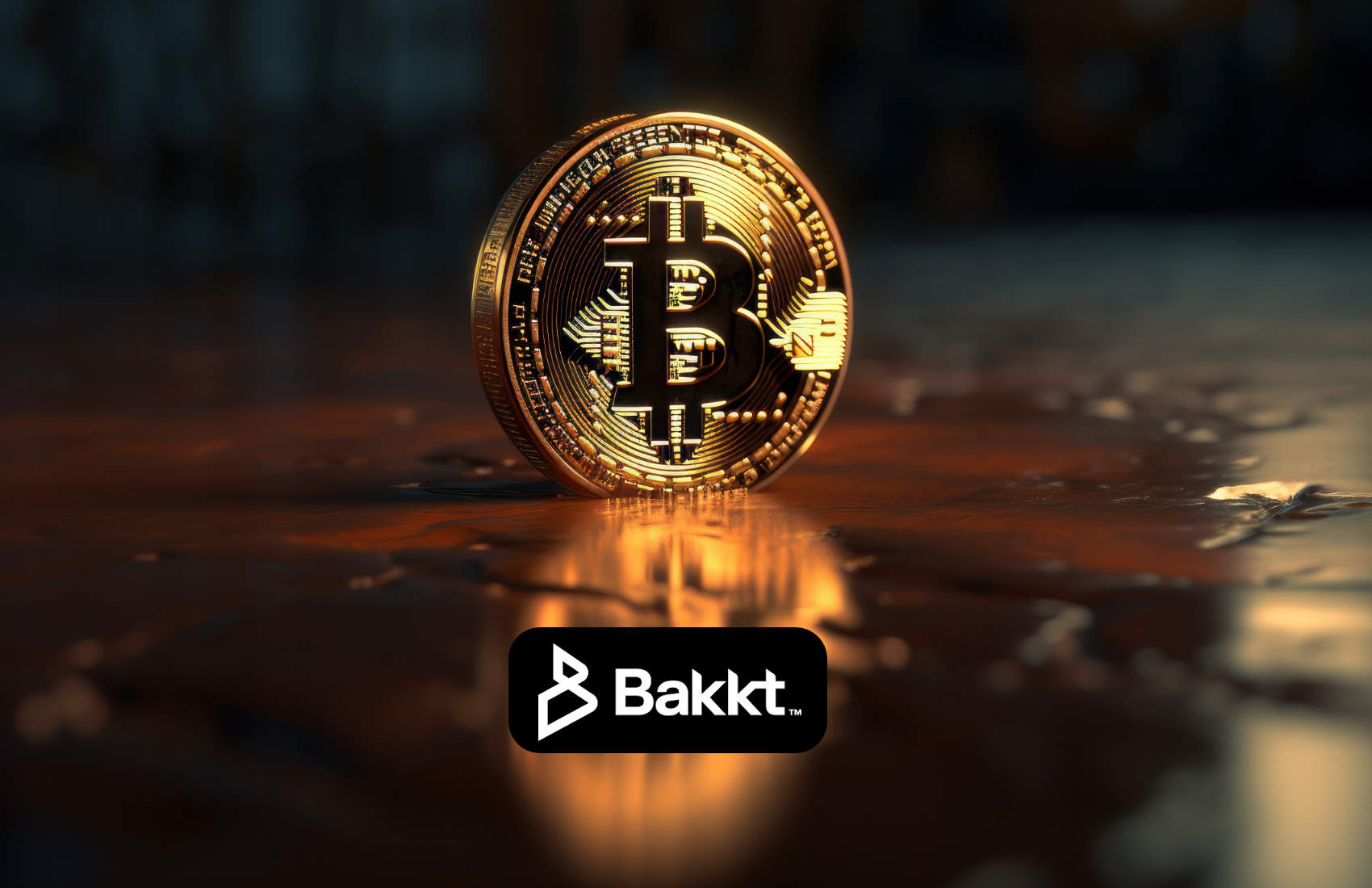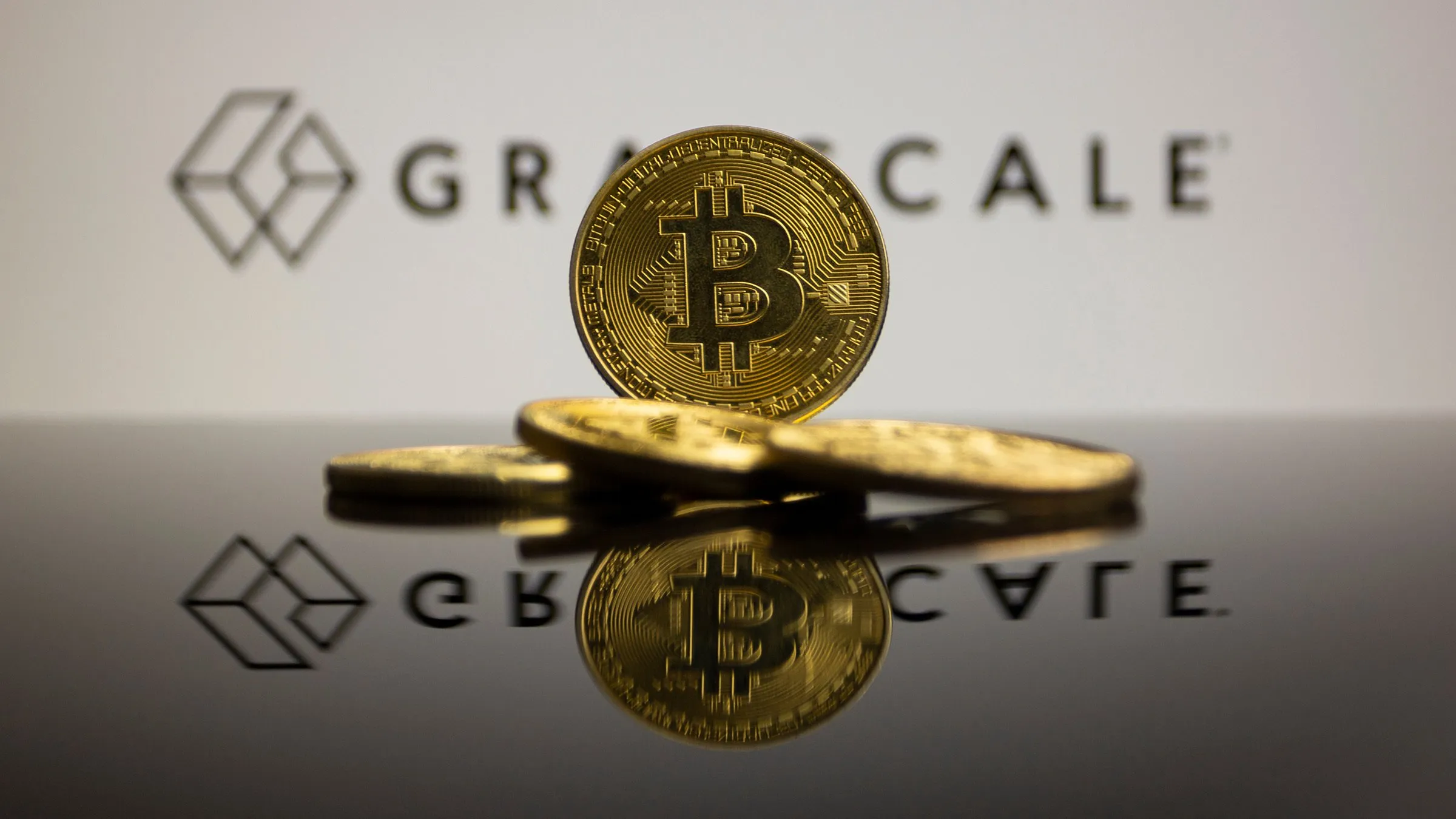The Eye of the Storm
From UkuriaOC, CryptoVizArt, Glassnode
Executive Summary
- The demand side of the market has declined notably since the March ATH, with investor attention thinning as the market chops sideways within this price range.
- On the supply side, available coins are also constricting, with several measures of ‘active supply’ compressing to relatively low levels.
- Historically, tightness in the Bitcoin supply side has been a precursor for a regime of heightened volatility.
- It often describes an equilibrium being reached between the wealth held by new demand and existing HODLers, which tends not to last for very long.
A Waning Demand Side
The rate of new capital inflows has continued to wane since the $73k ATH, set in March 2024. Due to the peer-to-peer nature of the Bitcoin network, buyers and sellers are matched on a 1-1 basis. Thus, measuring the Realized Profit or Realized Loss metrics can act as proxies for the magnitude of new capital entering or exiting the network.
Using this framework, we can see that the Bitcoin market currently sees around $0.73B in new capital flowing into the network daily, which is not insignificant but notably lower than the $2.97B peak set in March.

Live Chart
An interesting significant spike in Realized Profit can be seen on 8-Oct within the raw, unfiltered variant of this metric. However, the same spike does not show up when looking at the Entity-Adjusted variant pioneered by Glassnode.
This profit spike was caused by a large internal transfer by the WBTC cluster, as the on-chain ownership structure is migrated by BitGo.
Glassnode’s proprietary clustering heuristics successfully identified this non-economical transaction and correctly discounted it from the cleaned dataset. This provides a tangible view into the advantages of entity-adjusted filtering of on-chain transaction data.

Live Chart
Our Point-in-Time variant of the WBTC Balance shows a strictly append-only metric where their balance history is immutable, capturing the status of our clusters while recording the data point.
From this perspective, we can observe the initial decline in the WBTC balance when it happened and its subsequent return to its previous level, as Glassnode’s automated clustering algorithm correctly reclassified the transfer as internal.

Live Chart
Returning to our demand-side assessment, we can use the Binary CDD metric as another proxy for demand-side pressure. This metric tracks the expenditure of ‘holding time’ in the market, tracking when holders of old supply transact large volumes (balanced by new buyers entering).
We can now see a relatively light volume of coinday destruction, suggesting that long-term investors remain relatively inactive within the current price range.
Our gauges for demand-side intensity suggest investor attention and new demand inflows within this range are relatively muted and have not seen a significant second wave of YTD.

Live Chart
Supply Tightens
After establishing the presence of a somewhat lacklustre demand side of the equation, it is prudent to assess its opposing force, the supply side. Here, we consider ‘supply’ as the volume of coins market participants are willing to spend and transact with.
The chart below profiles several measures of ‘available supply,’ including Short-Term Holder and Highly Liquid supply. We compare these against measures of ‘saved or stored supply’ such as Long-Term Holder or Vaulted supply.
We can see a multi-month rise in our ‘stored supply’ measures, highlighting a preference for HODLing amongst existing holders. This has led to a subsequent decline in ‘active supply’ measures, suggesting fewer coins readily transacting within the current price range.

Live Chart
We can also increase the granularity of our ‘available supply’ measures. We can assess the 'Warm Supply' cohort, which evaluates the supply using ‘coin-age’ heuristics and focuses explicitly on coins moved within the last month.
In our Long-Term vs Short-Term holder classification study , we quantified that the probability of spending is strongly related to the amount of time the coin has been held. Thus, the ‘Warm Supply’ captures an effective subset of coins we can reasonably expect to change hands soon.
We can also consider the Futures Open Interest and volume as a form of ‘supply exposure’ in derivative markets that we expect to be actively traded.
Combined, this active supply measure has effectively halved since the March ATH. This suggests that low trade volumes on-chain and a reduction in Futures market activity highlight a net decline in investor speculation and attention.

Live Chart
The Liveliness metric is an elegant tool which assesses the all-time balance between coinday destruction (spending) and coinday creation (HODLing). We note the substantial increase in spending activity between July and August, which includes the redistribution of Mt Gox coins back to creditors.
The liveliness metric is currently within a sustained downtrend, highlighting a solid preference by market participants to HODL their supply, which further constricts our available supply measures.

Live Chart
Persistent Intra-Cycle Investors
We have now established both a declining demand and a tightening supply side. We can bolster this assessment by inspecting the proportion of network wealth held by these two cohorts. We consider the behaviour of these cohorts under the following framework.
- Short-Term Indicator [<1 month] 🔴 The realized capital or wealth transacted within the last 30 days. This cohort corresponds closely to demand, including new investors deploying fresh capital into the market.
- Long-Term Indicator [1-2 years]🔵 This portion of the supply peaks during the bear market bottom formation phase. This cohort represents the long-term and price-insensitive investors accumulated during and held throughout the bear market.
Directly comparing the wealth of buy-side pressure against HODLer conviction, we note an elevated but declining presence of new demand. New demand is considerably higher than during the 2022 bear market but far below the heights reached in March.
We have not yet seen a sharp and sustained surge in new demand, typically accompanied by cycle peaks. Similarly, we have not started to experience a rise in HODLing pressure, which has historically been witnessed throughout deep bear markets.
This places the current market in a relatively unique period of equilibrium, which is almost a halfway point between two cycle extremes.

Live Chart
We can further inspect this balance of wealth by using the Realized HODL Ratio. The aforementioned halfway point is also reflected here, with an elevated RHODL signalling the presence of new investors but not yet peaked in a way consistent with demand saturation.

Live Chart
The confidence of new investors in the market trend has also remained within the neutral range, highlighting that spending by new buyers is not drastically different from the price of the original acquisition.
Despite the slightly negative sentiment through the recent tumultuous market conditions, the confidence level among new investors is notably higher than both the 2019-2020 and 2021 markets.

Live Chart
New investors lack of unrealized loss further highlights this robustness, underscoring that we have not seen a drastic decline in investor profitability. This suggests there is limited financial pressure and fear experienced by Bitcoin holders, lessening the likelihood of a descent into a deep bear market at this time.

Live Chart
Summary and Conclusions
A notable divergence between supply and demand forces continues to grow. The demand side of the market has declined markedly since the March ATH, while several measures of the ‘active supply’ continue to compress and constrict. With respect to historical precedence, prior examples of acute tightness across the Bitcoin supply side have been a precursor for a regime of heightened volatility.
Disclaimer: The content of this article solely reflects the author's opinion and does not represent the platform in any capacity. This article is not intended to serve as a reference for making investment decisions.
You may also like
Will there be a Solana ETF by the end of 2025?

US CFPB finalizes its rule for large nonbank firms offering digital payments, but excludes crypto

Trump Media in talks to acquire ICE crypto firm Bakkt – report

ETHは1,800.00ドルを下回り、現在は1,799.79ドルで取引されています。

